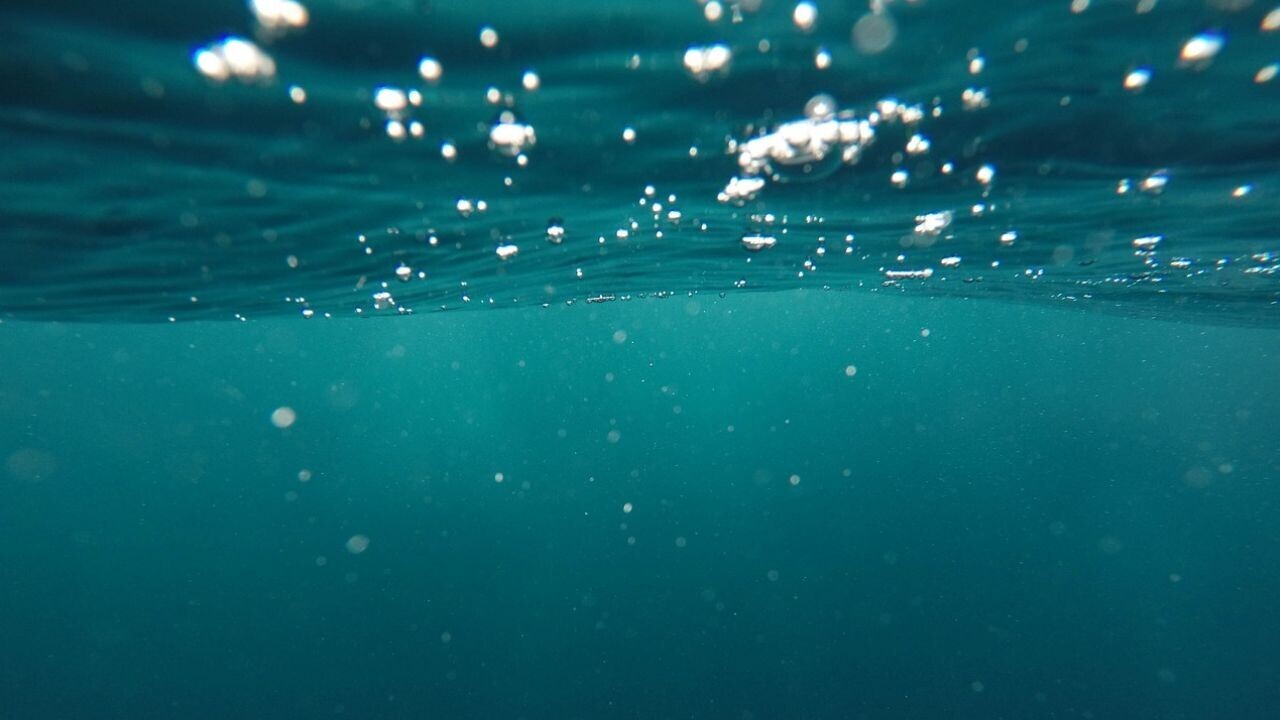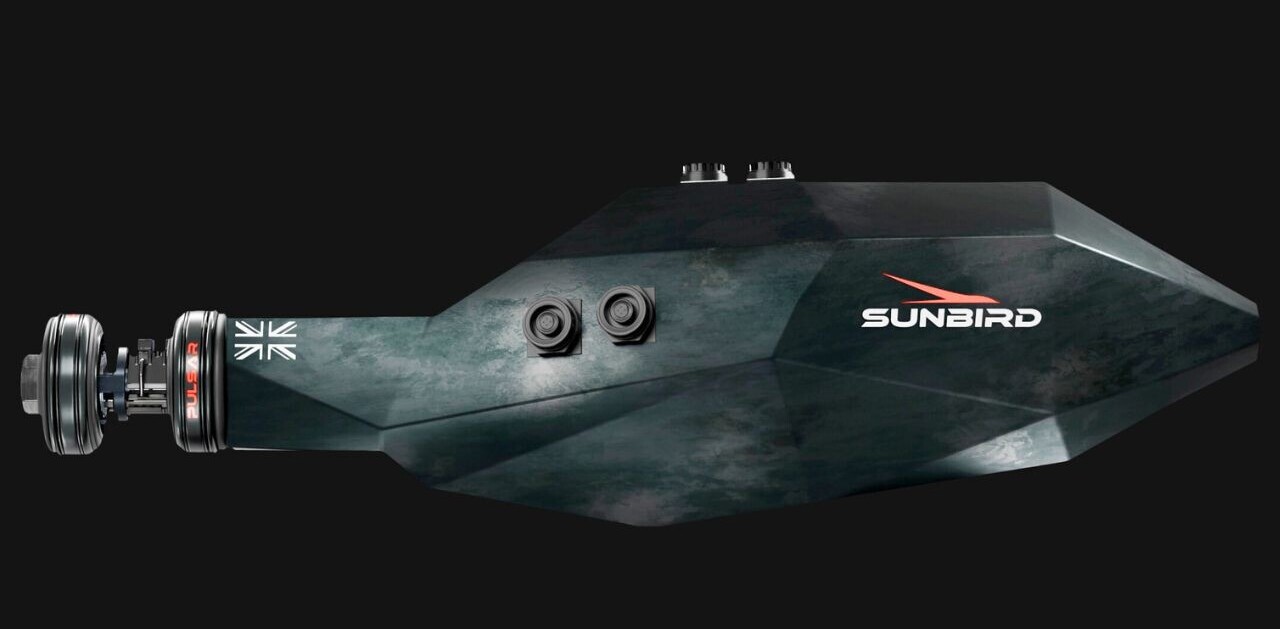
To protect critical underwater infrastructure from potential attacks or natural disasters, NATO is backing a project that aims to reroute internet from subsea cables to satellites in space.
The Alliance will reportedly support the project with a grant of €400mn through its Science for Peace and Security Programme (SPS).
While the initiative hasn’t been publicly announced yet, Eyup Kuntay Turmus — adviser and programme manager of the SPS — confirmed the project’s recent approval and imminent start to Bloomberg.
Subsea infrastructure is vital but vulnerable
Invisible but vital, subsea cables enable over 95% of the global internet traffic. They also transmit about $10tn worth of financial transactions everyday.
These cables face risks from natural phenomena such as erosion and the rising sea level. Amid an increasingly unstable geopolitical landscape, they’re also subject to sabotage.
Fears over deliberate attacks to underwater infrastructure intensified in September 2022, following the (still) unexplained explosions on the Nord Stream 1 and 2 pipelines, shipping gas from Russia to Germany across the Baltic Sea.
A year later, NATO expressed concerns over Russia’s potential tampering with undersea cables as a means of retaliation against the West’s support to Ukraine.
In October 2023, Swedish Prime Minister Ulf Kristersson characterised the damage to a Baltic sea telecoms cable between Sweden and Estonia as “purposeful.”
Most recently, a damage to cables in the Red Sea — attributed to the Houthi ship attack — temporarily affected a quarter of all data traffic flow between Europe and Asia.
Project HEIST
In response to rising geopolitical threats, NATO has been betting on technologies and initiatives that can safeguard subsea networks.
“The increasing dependency of our societies on undersea infrastructure means we need to do more to enhance their security,” NATO Secretary General Jens Stoltenberg said during an Alliance meeting in May.
Now, with its investment in the new project, NATO seeks to explore an additional layer of protection.
According to documents seen by Bloomberg and to project participants who spoke with the news outlet, the so-called Project HEIST is developing tools to detect disturbances on cables down to the nearest metre.
Once a threat is detected, the system will automatically divert access to satellite bandwidth to reroute data. For the first two years, HEIST will focus on testing prototypes and navigating regulations.
It’ll be partially run at an underwater testing site with high-voltage cables near the city of Karlskrona, Sweden’s largest naval base.
A team of researchers from universities in Iceland, Sweden, Switzerland, and the US are collaborating on the development of the project. Icelandic cybersecurity company Syndis and US-based Viasat and Sierra Space are also participating.
The initiative is expected to officially launch later this month.
Meanwhile, NATO is investing in technologies that span beyond the underwater domain. Its €1bn Innovation Fund for defence tech is already backing a number of European startups that can boost the security capabilities of the Alliance.
Get the TNW newsletter
Get the most important tech news in your inbox each week.




